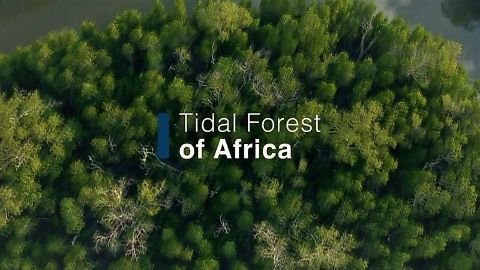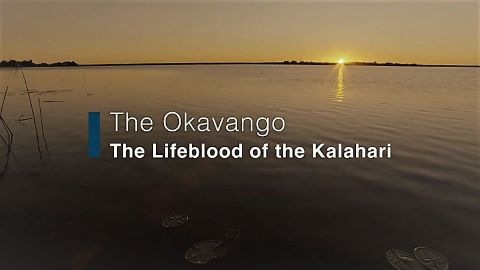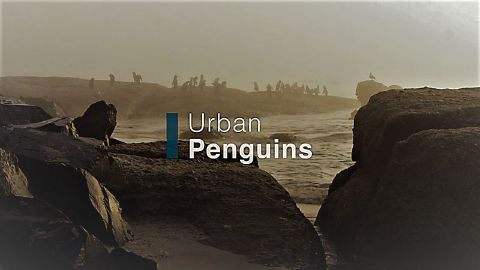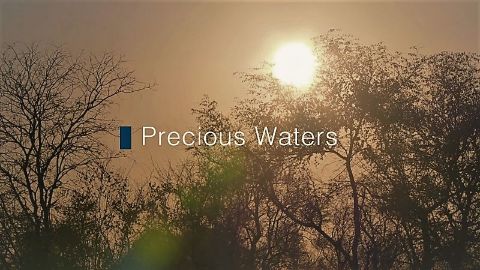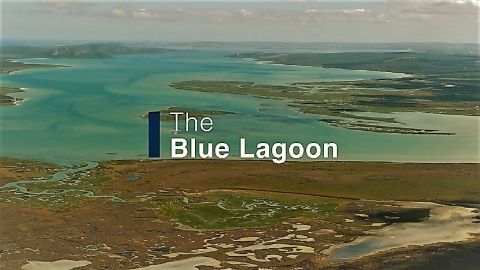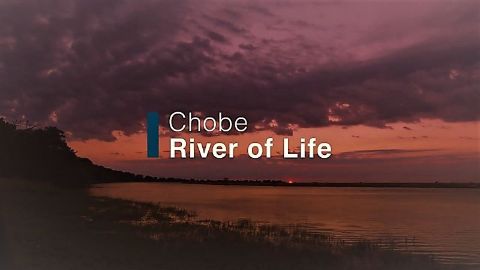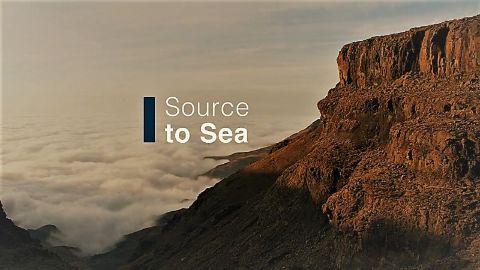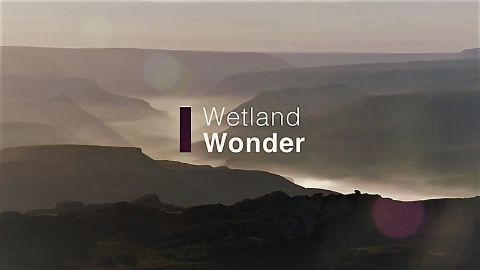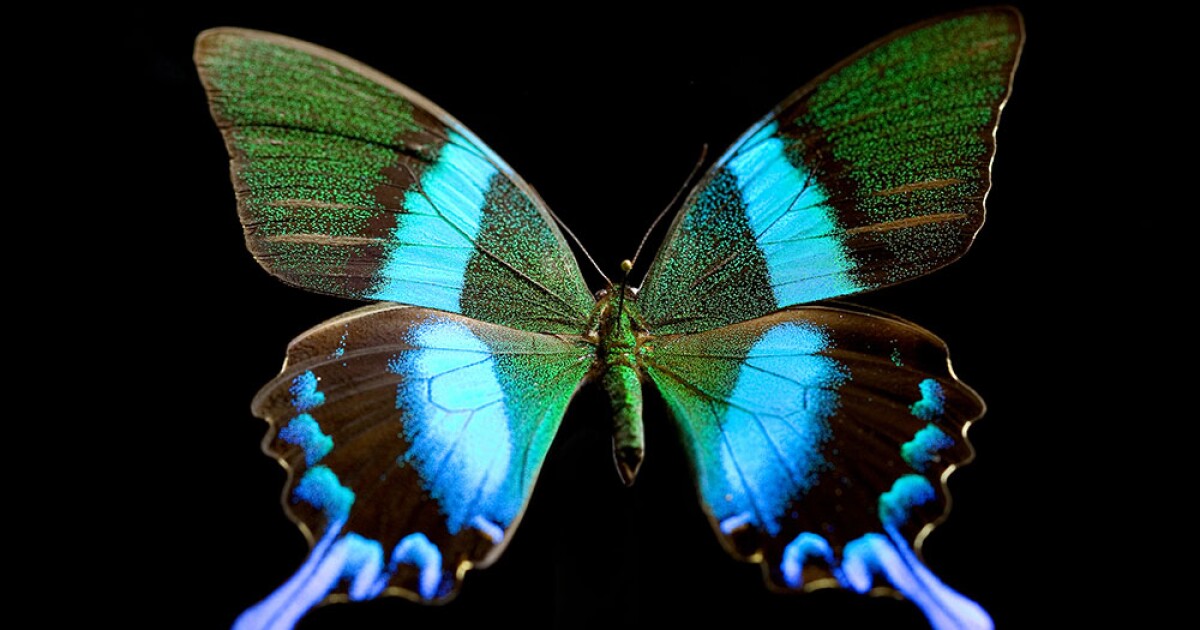Source to Sea • 2017 • episode "S1E7" • Waterworld Africa
Many of the great rivers of southern Africa start high up in mountain ranges, power their way eastwards across wild forests and grasslands, and eventually empty out into the Indian Ocean. Ride the currents of these powerful bodies of water as they reshape the lives of the wild animals who rely on them.
Make a donation
Buy a brother a hot coffee? Or a cold beer?
Hope you're finding these documentaries fascinating and eye-opening. It's just me, working hard behind the scenes to bring you this enriching content.
Running and maintaining a website like this takes time and resources. That's why I'm reaching out to you. If you appreciate what I do and would like to support my efforts, would you consider "buying me a coffee"?
Donation addresses
BTC: bc1q8ldskxh4x9qnddhcrgcun8rtvddeldm2a07r2v
ETH: 0x5CCAAA1afc5c5D814129d99277dDb5A979672116
With your donation through , you can show your appreciation and help me keep this project going. Every contribution, no matter how small, makes a significant impact. It goes directly towards covering server costs.
